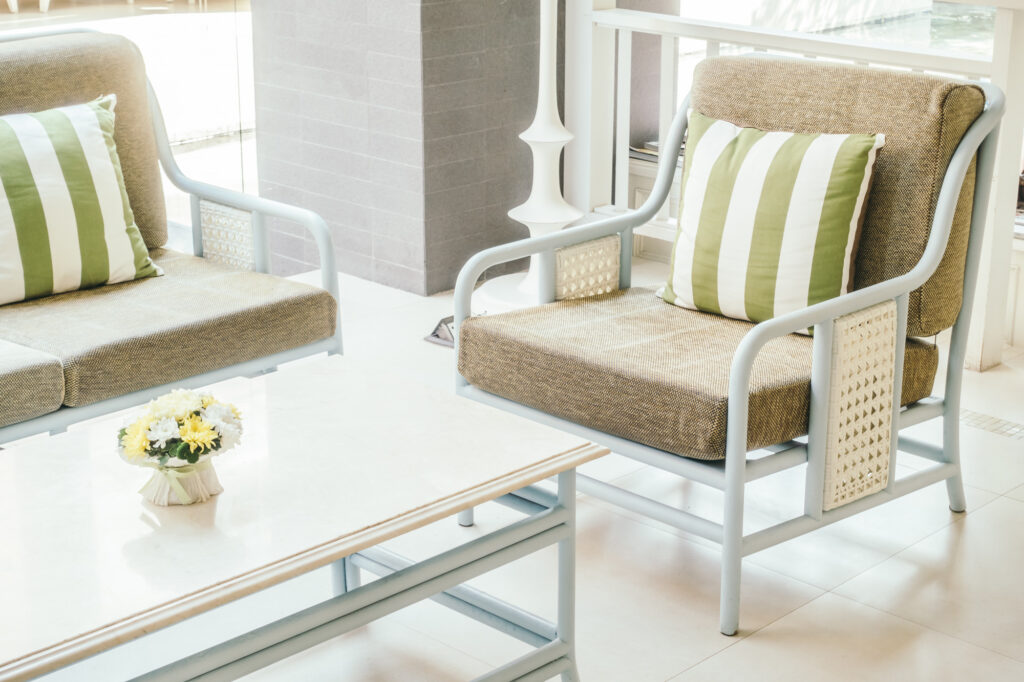Picture this: a stunning wooden deck gleaming under the summer sun, held together by shiny stainless steel components that promise to withstand all seasons. Sounds lovely, doesn’t it? If you’re planning to marry the timeless charm of wood with the robust nature of stainless steel, you’re in for a delightful project. But before you begin, let’s journey through some tips to ensure your woodwork not only looks fabulous but also stands the test of time.
Understand the Specific Benefits of Stainless Steel for Woodwork
Stainless steel isn’t just about the shine; it’s built to last. Its durability makes it the first choice for outdoor wooden fixtures. Be it rain, sun, or snow, stainless steel bravely battles them all without so much as a blemish.
Additionally, certain woods can react with metals, leading to unsightly stains or even damage. But stainless steel? It minds its own business, ensuring no such reactions take place. When you want longevity coupled with pristine aesthetics, stainless steel becomes an obvious choice.
Choosing the Right Stainless Steel Fasteners for Your Project
Selecting the right fasteners is akin to choosing the right jewelry for an outfit. It needs to complement and enhance. Given the various grades of stainless steel, it’s crucial to pick the right one for woodworking. For most projects, the 304-grade, known for its corrosion resistance, works wonders. However, if your fixture is near saltwater, consider the 316-grade, which provides added protection against saline corrosion.
Then, there are the stainless steel wood screws. Oh, the variety! While they all shine with the same zeal, their lengths and diameters differ. It’s essential to match the screw’s size to the wood’s thickness. A thumb rule: the screw should penetrate at least half, if not two-thirds, into the second piece of wood being fastened. So, measure, and choose wisely!
Proper Drilling and Installation Techniques
Ever witnessed a beautiful piece of wood suddenly split because of a wrongly-placed screw? Heartbreaking! To prevent such mishaps, always pre-drill holes before installing screws, especially close to the edges. This simple step ensures the wood welcomes the screw without any rebellion or cracking.
While on the topic, let’s discuss tightening. Overzealous tightening can warp the wood or damage the screw head. Maintain a firm but gentle approach, ensuring the fixture is secure without any undue pressure.
If you’re using tools, remember that stainless steel can be slightly harder than regular steel. Thus, using drill bits designed for stainless steel can prevent any unfortunate incidents with your screws.
Maintenance and Care for Stainless Steel Components
So, you’ve successfully merged wood and stainless steel. But the journey doesn’t end there. A little tender loving care can ensure they remain a happy pair for years. Every once in a while, give your stainless steel components a gentle wipe-down with a soft cloth to maintain their luster. If you’re near the coast or in regions with high pollution, a mild, soapy wash can remove accumulated grime or salt.
Additionally, the outdoors can be a tad unpredictable. Periodically checking the tightness of fixtures, especially in outdoor furniture, can save you from any surprise wobbles or creaks down the line.
Avoiding Common Mistakes
Ah, the pitfalls of enthusiasm without the right knowledge! Mixing metals is a common mistake. Using non-stainless fasteners in projects designed for stainless steel can lead to galvanic corrosion. This not only weakens the structure but can also lead to unsightly stains on the wood.
Storage is another overlooked aspect. Ensure your stainless steel screws are stored in a dry place, away from dampness or direct contact with other metals. This helps maintain their pristine condition until they’re ready for action.
Main Advantages of Using Stainless Steel Wood Screws Over Regular Ones
- Corrosion Resistance – One of the foremost benefits of stainless steel is its resistance to rust and corrosion. This makes it ideal for projects that are exposed to moisture, such as outdoor furniture, decks, and coastal buildings.
- Strength and Durability – Stainless steel screws tend to be stronger than regular screws, which means they can offer a longer lifespan and greater holding power.
- Aesthetic Appeal – Stainless steel screws often have a cleaner, more polished appearance. They won’t discolor or stain wood surfaces, ensuring a neater finish, especially crucial for high-end projects or visible areas.
- Lower Maintenance – Thanks to their durability and resistance to rust, there’s less need for replacement or maintenance over time.
- Cost-Effective in the Long Run – While the initial cost might be higher than regular screws, the longevity and reduced maintenance needs of stainless steel wood screws can make them more cost-effective in the long term.
Can Stainless Steel Screws Be Used in All Types of Wood?
Stainless steel wood screws can be used in a variety of wood types, from hardwoods like oak and maple to softwoods like pine and cedar. Their corrosion-resistant nature makes them especially suitable for outdoor projects or those in moist environments.
In Conclusion
Melding the world of wood and stainless steel is an art and science. With the right tools, techniques, and a touch of love, you can create masterpieces that stand tall and shine bright. Here’s to many such shimmering projects in your future!






